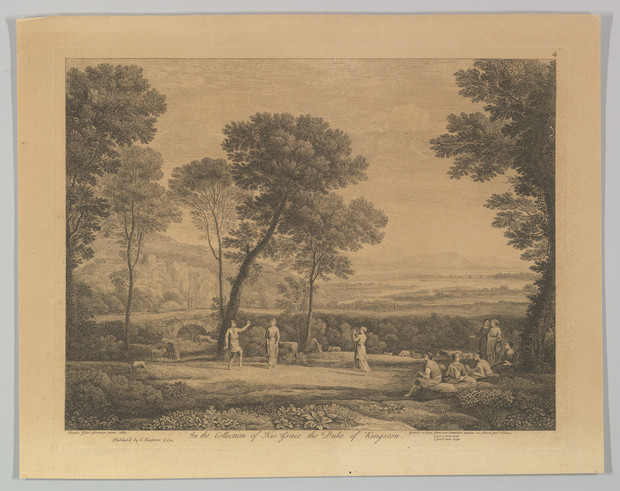Taken from my notes from the Gallery Talk: “A Conversation with Jamie Wyeth” October 4, 2013
From the exhibit:“Jamie Wyeth, Rockwell Kent and Monhegan”
Brandywine River Museum, Chadd’s Ford, PA.
June 15 – November 17, 2013
Outside gallery walls, Wyeth reminisced about life spent divided between the remote island of Monhegan, Maine and his other ‘island’, his farm in Chadd’s Ford, PA. Leading a charmed life, his artistic family has captured the American imagination for three generations. His reflections on life as an artist are inspirational. Of the necessity of solitude, and how with simple tools, “you can create worlds”.
“Great stuff comes from being alone. By nature, it’s a singular discipline. It doesn’t require a big orchestra. It’s really only you, and simple tools. Some canvas, some paint, and a stick with hair on it. With that, you can create your own worlds.”
He works everyday:
"It doesn’t matter where you work. You have to isolate yourself, you need the concentration. I’m not inspired everyday, but the opiate is when it starts clicking, when that portrait starts breathing.”
Criticism:
He spoke of negative reactions to his work. At the portrait unveiling of Doctor Helen Taussig‘s portrait, her students cried. They wanted to destroy it. She was a kind woman, and it was painted too harshly. He didn’t mean to be cruel to this amazing human being. Through the years, people have warmed to it.
“I think a painting has it’s own life, and a painter should be quiet about it. The more interpretations the better.”
Kennedy Portrait
Critics, and people also hated his John Kennedy portrait. “I got the worst mail from people.” People saw Kennedy as a blue eyed, blonde yet Wyeth painted him with brown hair, wandering eye. “Now people love it.
He referenced Picasso. At an unveiling, everyone said, ‘it doesn’t look like her!’ Picasso said, “it will.” That paintings take on a life of their own.
He found being with people, and doing portraits exhausting. He followed the great Russian dancer Rudolf Nureyev around for a year. His visage was very important, he would complain, “My foot’s not right, my foot’s more beautiful.” Of course Wyeth was fond of him. He grew to know him so well he could draw his likeness from memory.
“Portrait of Andy Warhol”, 1976 Jamie-Wyeth
In the 1960′s he was affiliated with Andy Warhol. On his portrait, Andy complained he used too much “pimple paint”, and his dachshund’s nose was too long. Andy said, “If I owned it, I’d put it in my closet.” Which according to Jamie he did. Warhol was an important figure in his life. Jamie said in the Art World, Andy was considered weird. He was a ”childlike person, with a sense of wonderment about the world, always very curious about things. That was his world.” Warhol hated his art, which he said barely sold then.
On having an ‘intense relationship with Nature.
“There are two classes of people in this world.
1. people who accept elemental nature, the casual, trivial.
2. those who sense different aspects of human life. How we fit into nature”
He said his father Andrew fit into the second class of people. “The more you know, the deeper you go. The audience senses that.”

The Bones of a Whale by Jamie Wyeth, 2006, oil, 60 x 72
He mentioned Robert Frost, the two paths:
“one the surface level, which is nice, and the other goes underneath, and is chilling, wonderful.”
Monhegan Island, Maine
The Islanders
At Monhegan, he spent time turning “away from the sea”, of the emblematic beauty of Maine to the “weirdness of the island”. He would focus on painting isolation. There was a weightless quality in the houses rooted to the ground. The houses became portraits of the people and their houses, which were more than objects.

Jenny Whibley Sings, 2008
After his first show sold out in New York City, Jamie used the money to buy painter Rockwell Kent’s home on Monhegan. Rockwell’s mistress Jenny (a singer) was in her 80′s by then, and sold the house to Jamie. One evening he heard someone crying. It was Jenny standing at the bottom of the hill weeping.
Upcoming Retrospective exhibit in Museum of Fine Arts
Boston, Massachusetts
July 16, 2014 – December 28, 2014
Lois and Michael Torf Gallery (Gallery 184)
Four years in the making, Jamie was allowed the freedom to use his own ideas how he wanted his work presented. Adding this is not an end point for his creative work. He decided to divide his work according to his various “obsessions”, noting an artist should not be restricted by subject matter.
“Artists are free to do whatever they want. You don’t have to be locked into a certain subject matter.”
The exhibit will include various subjects including Monhegan, his political work, Watergate, Kennedy, birds, his chickens, and Space Launch, among other things.

Sea Watchers (2009)
Included in the show are sculptural figures he made for Sea Watchers (2009). Representing the important people in his life, the MFA insisted he include these models. Jamie said, “they’re the most obsessive things I’ve ever seen.” Highly detailed figures, even reconstructing Andy Warhol’s white hair.
* An interesting insight. In March 2014, his niece Victoria explained this painting is based on a recurring dream. Always with his grandfather, and father standing on a cliff, pointing towards the ocean.
He mentioned the “Wyeth Dynasty”, used in his Burlington, VT reviews, “the last of a great tradition.” “Painting is not easy, but the idea of an artistic dynasty never bothered me.” That his family’s art is like Nature. It has to come to an end sometime, “like The Flying Wallendas”.
All artwork copyright © Jamie Wyeth






























